As an Apple user who has only ever interacted with iOS interfaces from her various models of the iPhone, it suffices to say that I’m not that big of a fan when it comes to Android phones.
Although the aesthetics and seemingly easy functionality of the iPhone is what has kept me as a fan till this day, I was surprised to find myself contemplating jumping ship when the Samsung Galaxy S20 series was released. People who know me personally would attribute my consideration to the fact that Samsung’s ambassadors are the Korean supergroup BTS, and while part of that is true, most of it lies in the reason that the phone specs seemed a lot more enticing, especially with that Space Zoom function.
.

However, instead of getting into an endless debate over the pros and cons of an Apple phone and a Samsung phone, I figured it would be more beneficial to break down the differences between the Galaxy S20+ and the Galaxy S20 Ultra to see which would be a better model to invest in.

The Samsung Galaxy S20 is the latest flagship series of phones that introduces a brand-new camera architecture that combines AI with Samsung’s largest image sensor yet for stunning image quality. With the S20 being the entry model of the series, the S20+ offers a great balance as an in-between which offers the full S20 experience with a bigger screen and better camera system, while the S20 Ultra brings a truly massive display with increased battery size, and an advanced camera system that’s equipped with a higher quality main camera and enhanced zoom.
So, for those who have yet to decide between the S20+ and S20 Ultra, here’s my comparison review of the phones after spending two weeks with them.
DESIGN AND DISPLAY

Being sister phones, the Samsung Galaxy S20+ and S20 Ultra are generally large phones with similar designs. While the S20 Ultra is obviously bigger in dimension, both phones have a curved glass back though the camera layout differs. Even though there is a difference in display sizes, 6.7-inch for the S20+ and 6.9-inch for the S20 Ultra, they sport the same high-quality AMOLED display which offers sharp detail reproduction of inky blacks and popping colours. At its brightest, both provide an easy way to see in direct sunlight and the saturated colours can actually help to brighten darker areas.
.

As most of my time is spent viewing videos, a phone that maximises its use of the screen gets an A in my books. Although most phones are able to maximise the display accordingly, I find that the content often gets compromised in some way, making the video look more stretched than it should be. In the case of the two Samsung smartphones, I was treated to a seamless edge-to-edge viewing experience that didn’t maximise the video in an odd way. That being said, it should be noted that this could work differently if tried with other kinds of videos such as the ones on Netflix with subtitles.
An IP68 rating is given for both phones, which means that they can be submerged in water of up to 1.5 metres for up to 30 minutes without any damage. As we’re all responsible owners of our phones, it is unlikely that we will send our devices for a swim but in the unfortunate event that it does happen on accident, at least we’ve got the rating as reassurance.
Being someone who prefers a larger display, I really enjoyed using the S20 Ultra even though I did have fleeting moments of anxiety when I nearly lost the grip of the phone due to its size.
Verdict: The Samsung Galaxy S20 Ultra clearly takes the win for its large 6.9-inch display.
PERFORMANCE

There’s not much of a discernible difference between the two in terms of performance since the capable Qualcomm Snapdragon 865 processor is built into the Galaxy S20+ and S20 Ultra. This means that both phones are able to offer a 120hz refresh rate, which basically means smoother scrolling, less flickering, and less eye strain — perfect for our everyday use.
Though the fast refresh rate may be a particularly great feature of the phones, it does have its limitations. This means that if you’re operating your phone at full resolution, you won’t be able to experience the 120Hz refresh rate since it automatically switches back to a 60Hz refresh rate, which is something the phone does as well when it gets too hot.
Verdict: Both are tied since they use the same processor.
CAMERA

The cameras on a smartphone are the key feature for most users, and for the most part, the Samsung Galaxy S20 series has definitely given the cameras a much-needed upgrade from their previous Galaxy phones. The S20+ now comes with a 12MP camera while the S20 Ultra is fitted with a 108MP camera — which is considerably larger than the S20+ and is more effective in allowing more light in to take better photos in a variety of lighting conditions.
.

Testing out the camera at home was a little worrisome for me as my living space doesn’t have the best of lighting. With a mix of warm and bright lights, photo-taking indoors has always been an obstacle I had to overcome even with a professional DSLR camera. But, surprisingly with the Samsung phones, I was able to capture a good enough shot with a bit of saturation boost even though I had less than impressive lighting.
.

While I would have preferred to test out the Space Zoom function in a concert venue, I have adapted to the current Circuit Breaker measures, opting to use the zoom function on my dog from afar like a hunter in a jungle. Though it may seem like a less than preferred way of testing the feature, it did show me the effects of the zoom lens which were not as impressive as I had expected it to be especially on the S20 Ultra. After about 30x zoom, the images started to look a lot more grainy than my eyes could take and I could only imagine what the results would look like at 100x zoom.
But, even with the disappointment I felt from the Space Zoom, I do have to commend the quality of several zoom shots that I managed to take at the phone’s respective zoom limitations — the Galaxy S20+ at 5x zoom and the Galaxy S20 Ultra at 10x to 15x zoom.
Verdict: With its 108MP wide-angle camera, the Samsung Galaxy S20 Ultra clearly has an advantage over the S20+.
BATTERY
While both phones are powerful in their own way, the S20 Ultra does have an extra 500mAh of battery capacity, which surprisingly lasts a little longer than the S20+ even with the bigger display that it has to power. The S20+ is said to last up to 23 hours on a full charge while the S20 Ultra can last up to 25 hours.
Both models come with the same type of charger in the box but the S20 Ultra is able to support 45W wired fast charging with a compatible fast charger, which you’ll have to get separately. It may be a hassle to purchase something additional, but the long term effect is probably worth it.
Verdict: Though it may be a difference of two hours, the increased battery capacity makes the Samsung Galaxy S20 Ultra a better option.
FULL TECH SPECS OF THE S20+ AND S20 ULTRA

THE SAMSUNG S20 ULTRA IS CLEARLY BETTER — BUT IS IT WORTH THE ADDED COST?

I believe in investing in a phone that’s value for money and with phones like the Galaxy S20+ and the Galaxy S20 Ultra, it is important to factor in your phone habits together with the features of the phone. Though the Space Zoom doesn’t quite live up to its name, the other features of the Samsung Galaxy S20 Ultra more than make up for the amount that you’re investing especially if a larger screen, better battery life, and higher quality main camera are what you’re looking for with a $400 upgrade.
With that said, the Galaxy S20+ is the proper flagship phone of the series and with its improved upgrades from its predecessor (the Galaxy S10+) especially in terms of camera, it is a more than good enough for basic users. However, if you’re a feature enthusiast and are willing to spare no expense to get the best of the best, the Galaxy S20 Ultra would be your ideal choice.
The Samsung Galaxy S20+ retails at $1,498 and the Samsung Galaxy S20 Ultra retails at $1,898. You can get yours from the Samsung Online Store or the official Samsung store on Shopee.

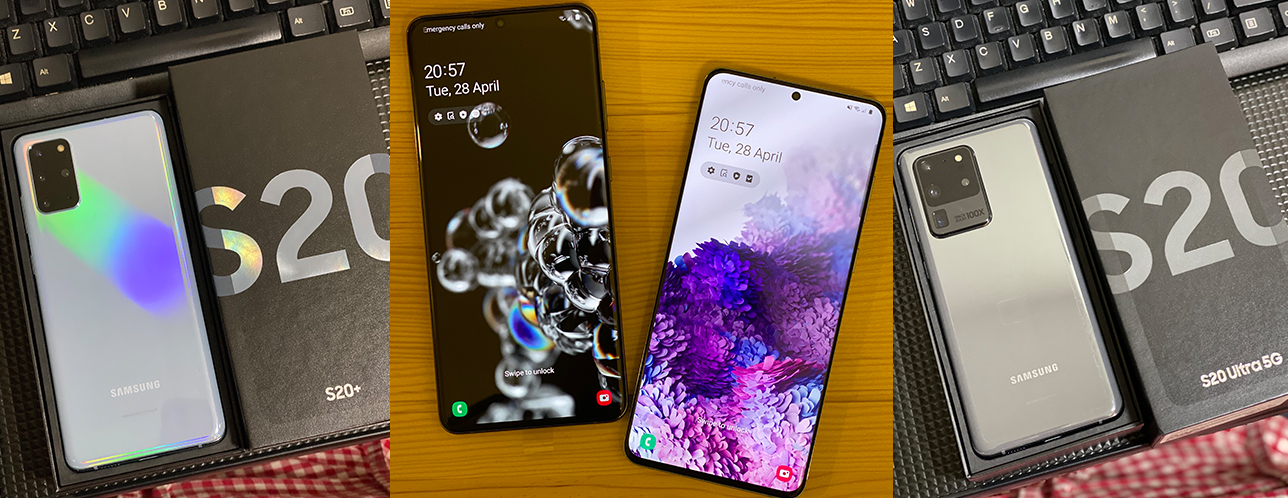

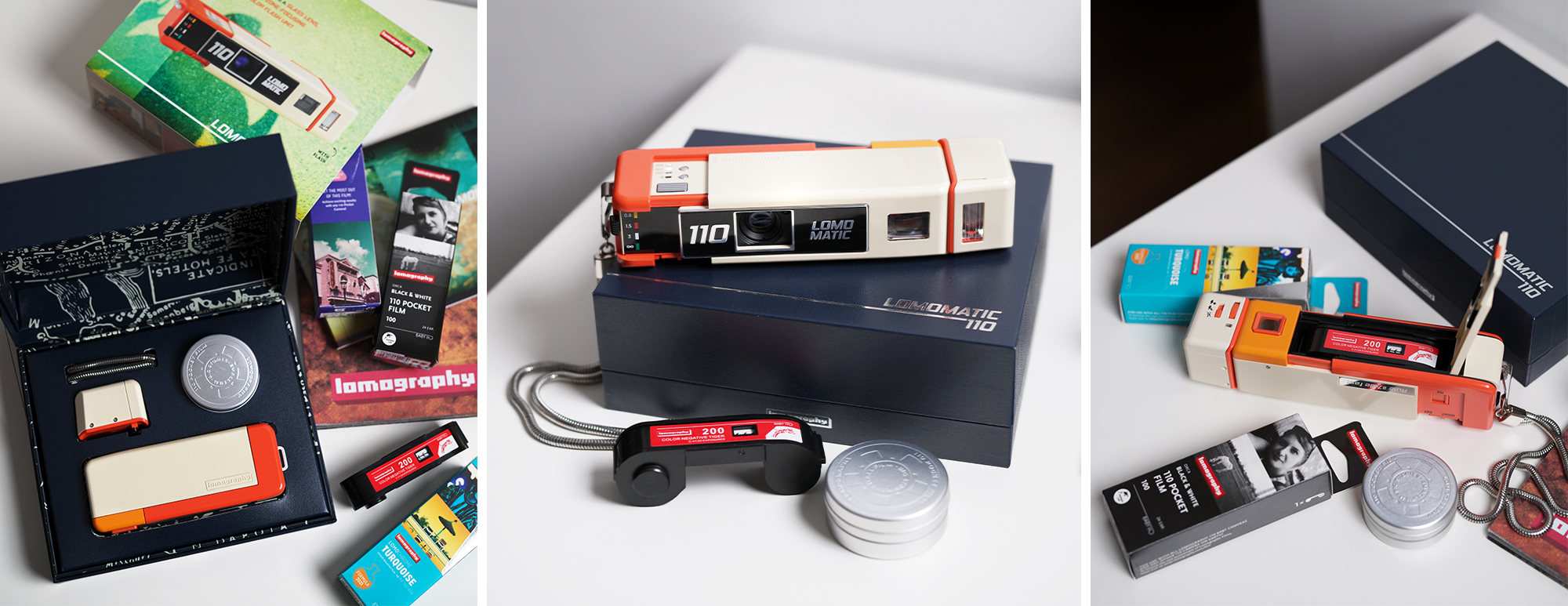
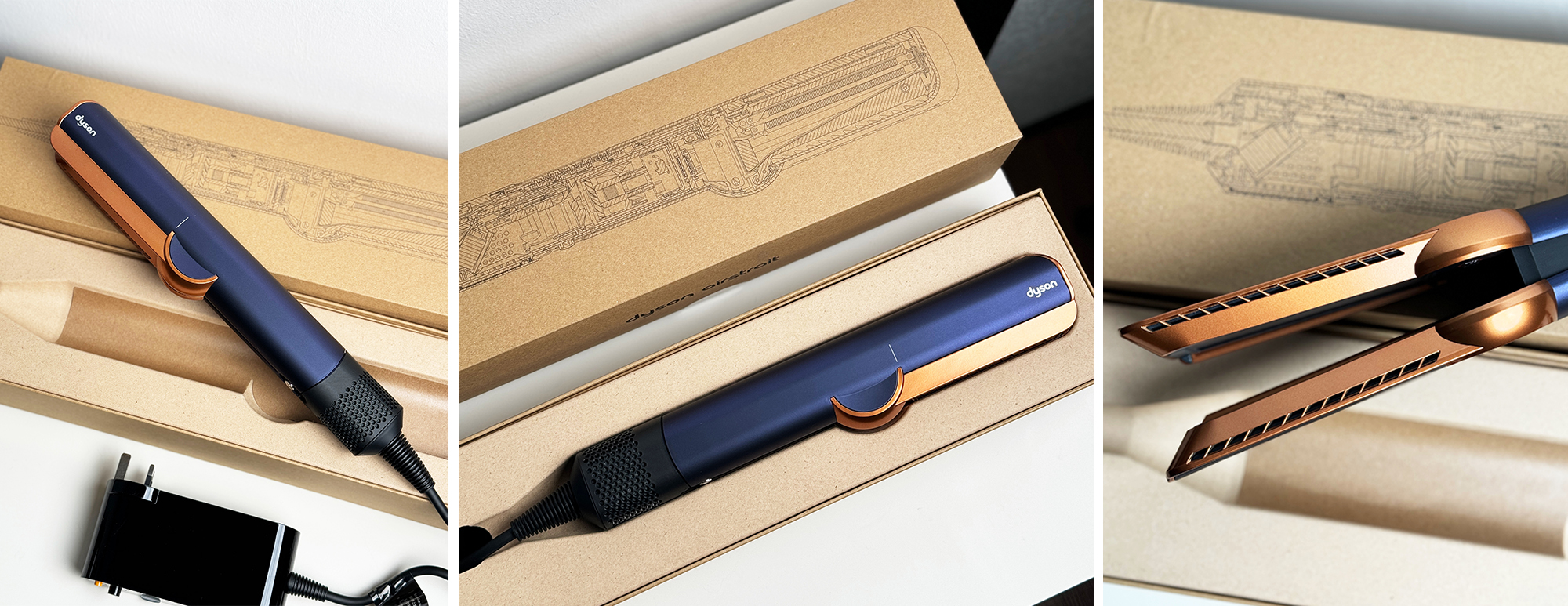
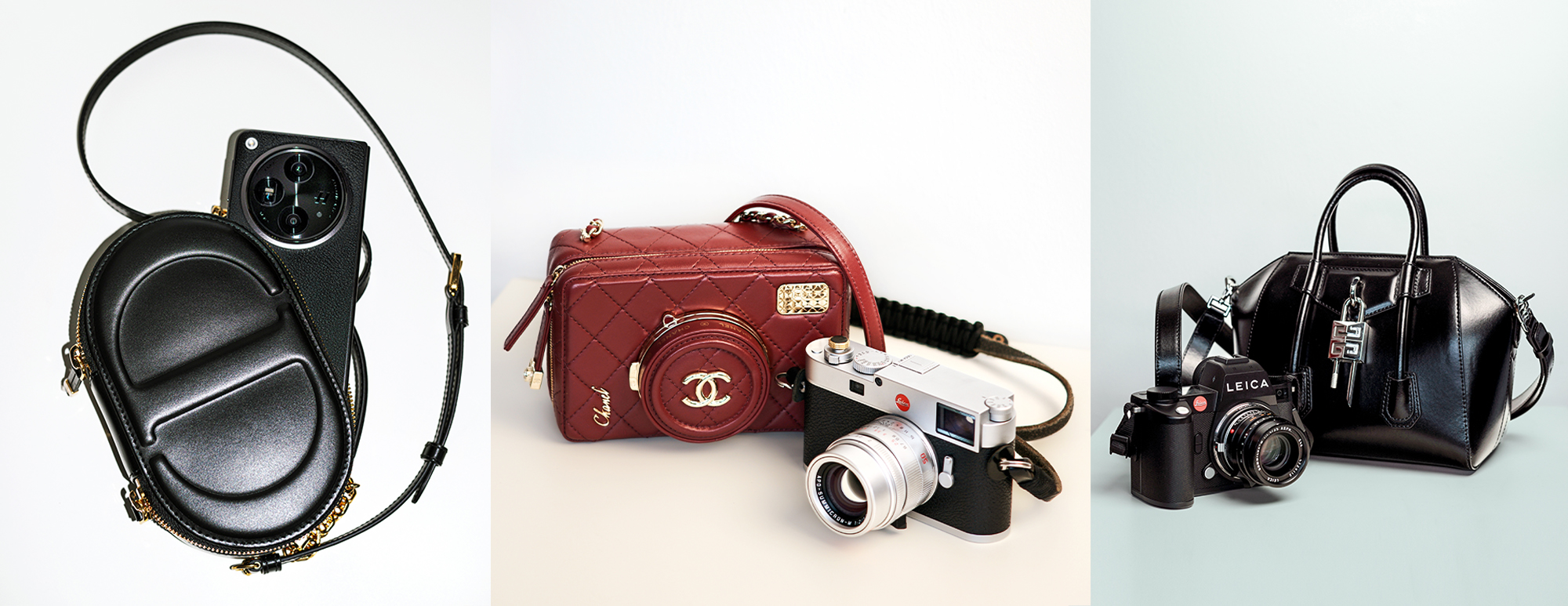
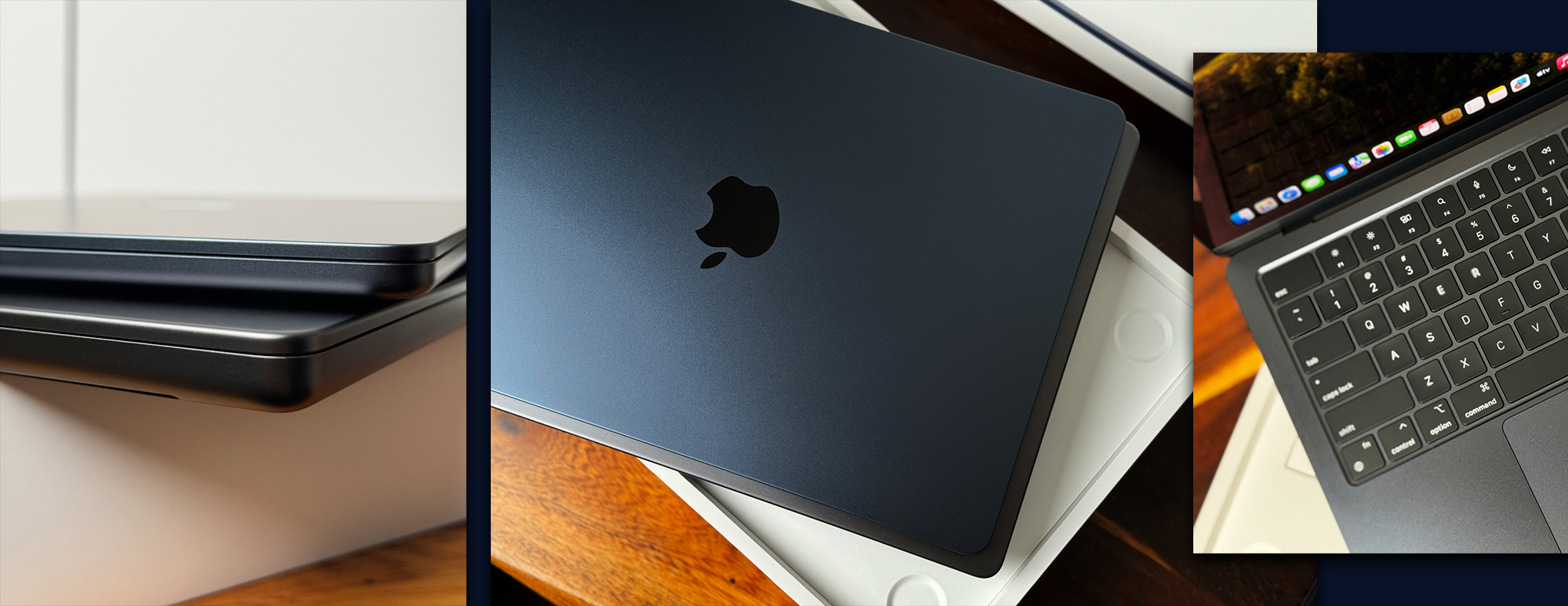


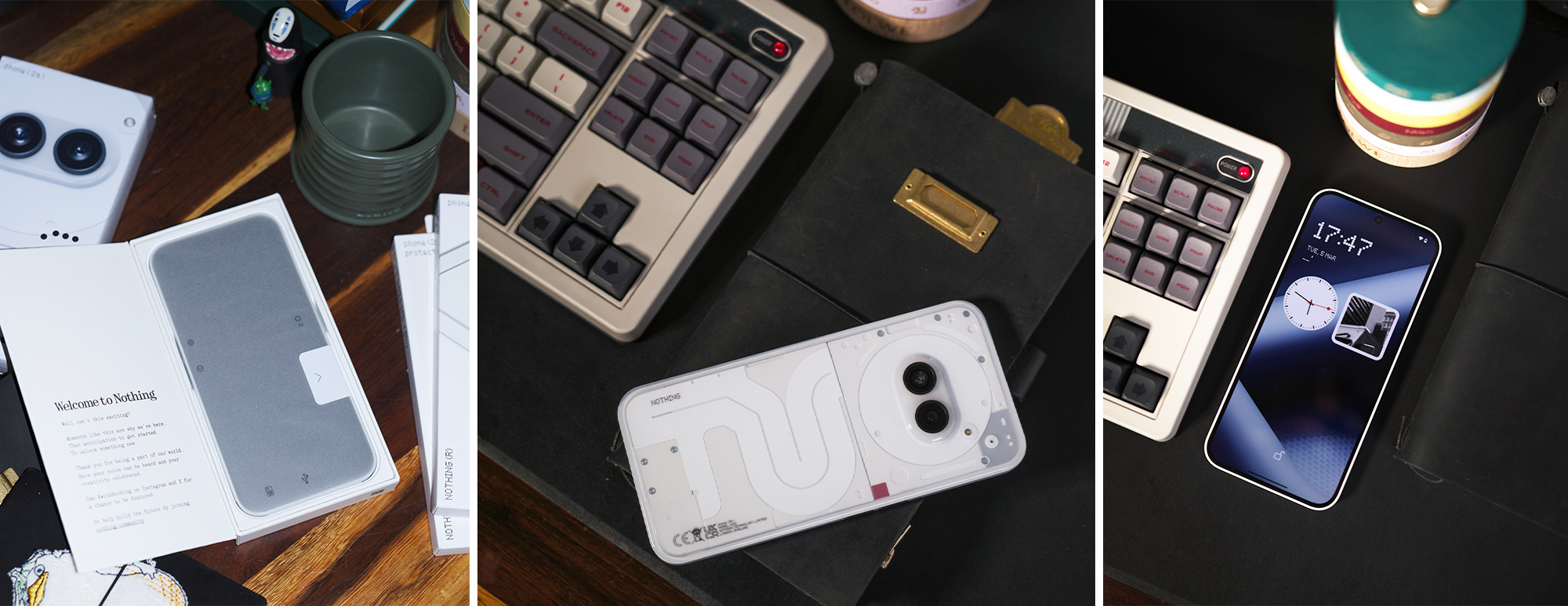

You must be logged in to post a comment.